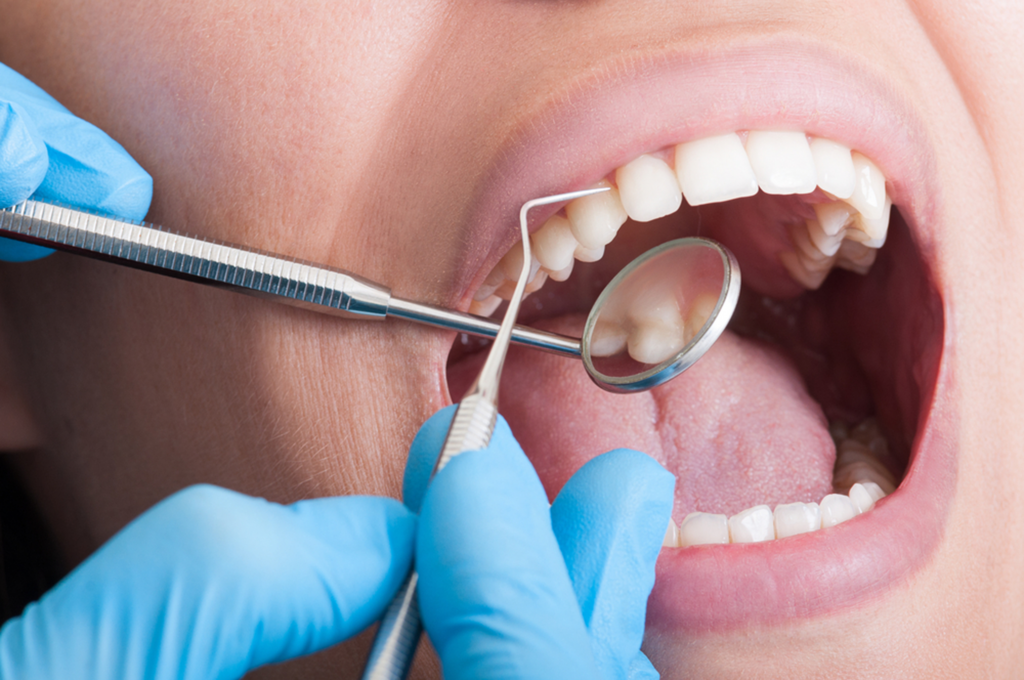Do you have sensitivity issues after setting composites? Are you hesitant to start treatment because you’ve suffered sensitivity from composites implanted by a dental clinic near you in the past? Have you come to believe that sensitivity following composite placement is normal?
If you responded yes to any of these questions, continue reading for simple advice on making composite sensitivity a thing of the past.
Before you do composite fillings near you, dentists routinely numb the area around the damaged tooth. Due to this, you won’t feel anything for the first hour or two after your session. Once the numbing feeling wears off, you may experience strange sensations in your mouth.
These are some examples:
Tooth pain, particularly when breathing cold air, drinking hot or cold drinks, or eating hot or cold foods.
Sensitive gums
Discomfort in the teeth adjacent to the filling pain when clenching teeth When eating, brushing, or flossing, the impacted tooth causes pain.
Pulpitis
When filling a cavity, your dentist in Yellowknife takes out the decayed section of your tooth with a drill that releases heat. In rare circumstances, this causes pulpitis by inflaming the pulp, which is a type of connective tissue layer at the center of your teeth.
If your dentist does not make a point of removing all the rotting tissue, an infection in the pulp of the damaged tooth can develop. You may notice your gums swelling or a pocket of pus near the tooth if this occurs.
Pulpitis is classified into two categories. The first is reversible pulpitis, which causes the tooth to become sensitive as the pulp heals and improves. The second type of pulpitis is irreversible pulpitis, which occurs when the pulp cannot recover, and your tooth requires root canal therapy.
Modification of your bite
A filling can sometimes cause the damaged tooth to be higher than any other teeth. Because of the extra pressure on the impacted tooth, closing your mouth might be unpleasant. Biting down can even shatter the filling in some situations, so call your dentist when you find a problem with your bite.
Many tooth surfaces
Because your mouth has two distinct surfaces, you may experience pain or irritation. When a gold crown is placed on one tooth, and a silver filling is placed on the tooth above or below it, you may experience an unusual sensation.
Pain referred from elsewhere
It is also a common occurence to experience pain in the teeth that surround the impacted one. This is related to a phenomenon known as referred pain, which occurs when a person feels pain in a location other than the source of the discomfort.
Allergic reactivity
Sensitivity just after dental filling may signal an allergic reaction to the filling ingredients. You may also experience a rash or irritation in the area. If you believe you have an allergic reaction, contact your dentist. They have the option of redoing the filler with a different substance.
How to Deal with Tooth Sensitivity
You can help to minimize sensitivity after composite fillings in Yellowknife by doing the following:
● Take ibuprofen and other nonsteroidal anti-inflammatory medication. Temporarily abstain from hot and cold foods and beverages.
● Avoid acidic foods and beverages such as citrus fruits, wine, and yogurt for a while.
● Brush and floss carefully
● Use desensitizing toothpaste
● Chewing on the other end of the mouth
The most common reason for the sensitivity is difficulty with your bite. If you notice a problem with your bite, contact experts like Somba Ke Family Dental as soon as possible because you will not notice till the numbing has faded. They can make the filling match your other teeth better. If your pulpitis does not disappear after a few weeks, you may require a root canal.
